Wolverine Frog Breaks Its Own Bones to Turn Them into Sharp Claws

The African Hairy Frog has a peculiar self-destructive ability that allows it to snap its toe bones when threatened to create bone claws that pierce its skin just like Marvel’s Wolverine. Trichobatrachus robustus, aka the Hairy Frog or the Wolverine Frog, is one of nature’s strangest creatures. The males grow thin, hair-like skin threads on […]
Mysterious Goats Survive Over 200 Years on Isolated Island with No Fresh Water

Scientists are trying to understand how a herd of goats not only survived but thrived on an isolated island in northeastern Brazil for over two centuries without any known fresh water source. It’s not clear how exactly the goats originally wound up on Santa Bárbara, one of the five volcanic islands that make up the Abrolhos […]
Scientists Discover Tree That Thrives When Struck by Lightning
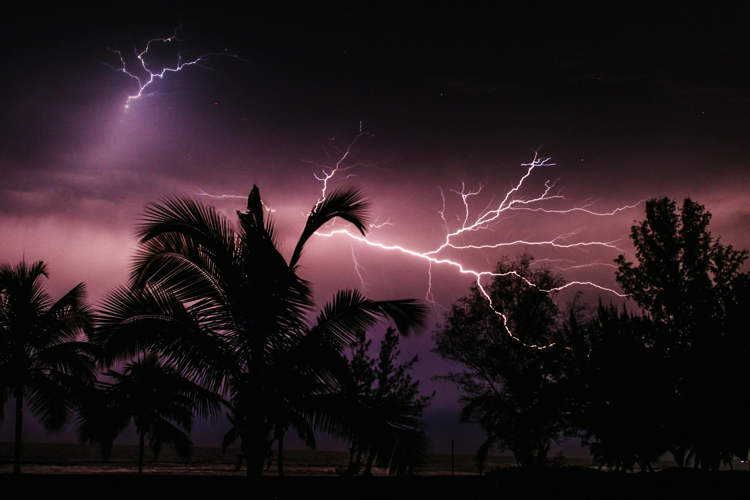
Lightning kills most of the trees it strikes, but scientists have discovered a tree species that not only survives lightning strikes but thrives as a direct result of them. For the longest time, there was a consensus in the scientific community that lightning could only have negative effects on trees. In the best case scenario, […]
Fish Scale Tide – A Natural Phenomenon Unique to Qiantang River

China’s Qiantag River is famous for a unique natural phenomenon, a wavy pattern tide that was only observed for the first time in 2021 and has come to be known as fish scale tide. The Qiantang River’s estuary in Zhejiang Province has long been famous for having the strongest tidal bores in the world. At […]
Sweet Mystery – North Carolina’s Bees Produce Purple Honey

The Sandhills of North Carolina is said to be the only place in the world where bees produce purple honey, an iridescent concoction that looks more like alien goo than the sweet nectar we know and love. From the expensive yet bitter Corbezzolo Honey to the meat honey produced by vulture bees, we’ve featured some […]
Helensburgh Glow Worm Tunnel – An Otherworldly Tourist Attraction

The small Australian town of Helensburgh is home to one of the most amazing places on the planet – an abandoned railway tunnel that glows an eerie blue at night. The Helensburgh Glow Worm Tunnel is an abandoned rail tunnel in Helensburgh, New South Wales which has become famous both for the ghost stories surrounding […]
The World’s Fastest Animal Reaches Speeds of Over 300 Km Per Hour

Cheetahs are famous for their speed, but they don’t even come close to the world’s faster animal, a falcon that swoops on its unsuspecting prey at speeds of over 300 km per hour. The peregrine falcon is one of the most efficient predators on Earth, and it owes much of that efficiency to its unrivaled […]
Queen of the Night – The Rare Flower That Only Blooms One Night a Year
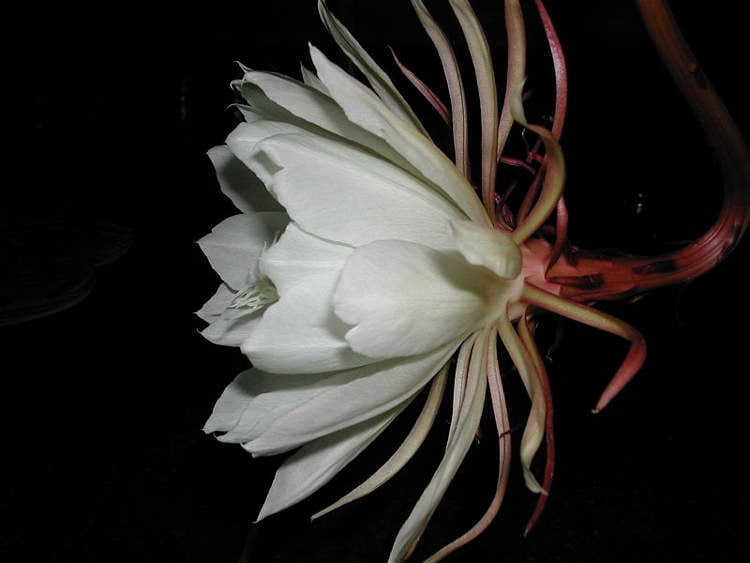
Epiphyllum Oxypetalum is a popular species of cactus famous for producing large, fragrant, white flowers only one night per year. ‘Queen of the Night’ is only a nickname, but one that fits Epiphyllum Oxypetalum perfectly. Unlike the several species commonly referred to as Night-Blooming Cereus which also bloom at night time, producing large, fragrant flowers […]
Animated Oats – The Wild Oat Seeds That ‘Walk’ To Suitable Planting Ground
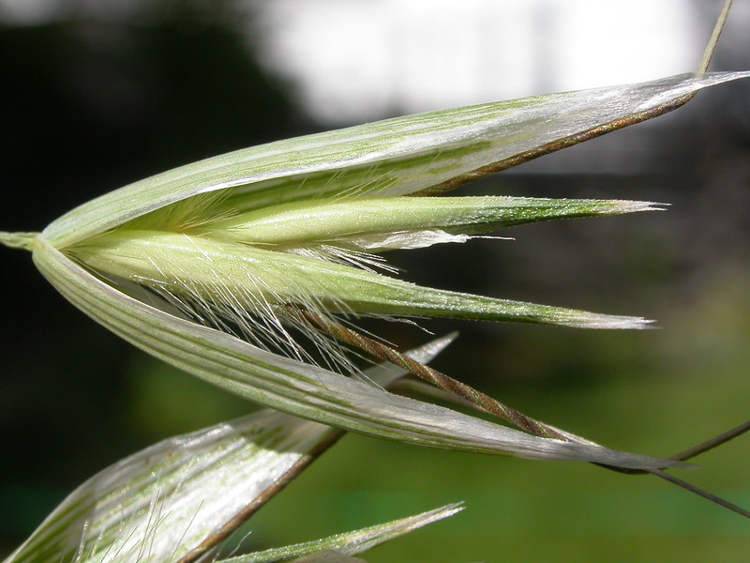
Certain species of wild oats have a special seed dispersal system that looks as if the seeds are walking on the ground looking for suitable soil to take root in. Modern-day oats (Avena sativa) have been drastically altered through domestication and are entirely dependent on humans for their survival. Not only do they need to […]
The Marble Berry Is the World’s Brightest Living Thing
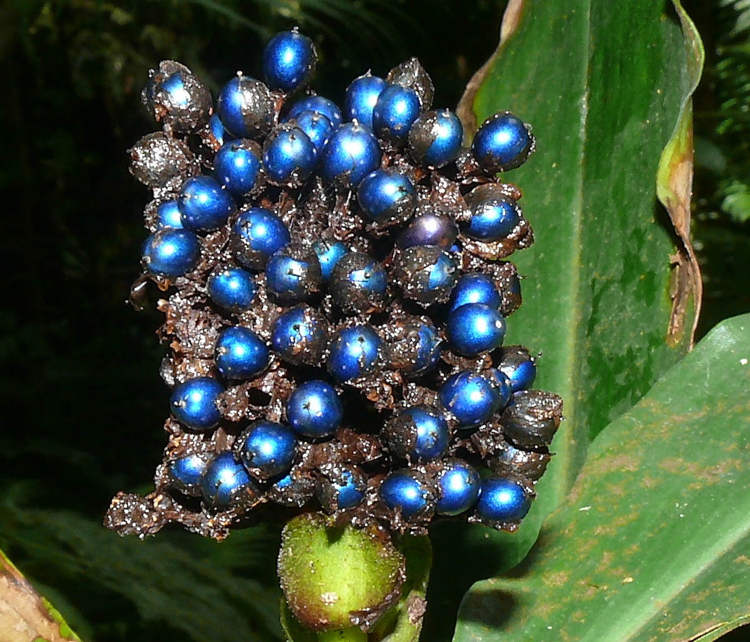
The fruit of Pollia condensata, aka the marble berry, a plant that grows in the forests of Central Africa, has been scientifically recognized as the brightest organic substance in nature. The elusive marble berry plant grows up to about meter-tall and sprouts clusters of up to 40 small, impressively-shiny fruits. Seeing a marble berry up […]
Great Grandfather – 5,484-Year-Old Patagonian Cypress Could Be World’s Oldest Tree
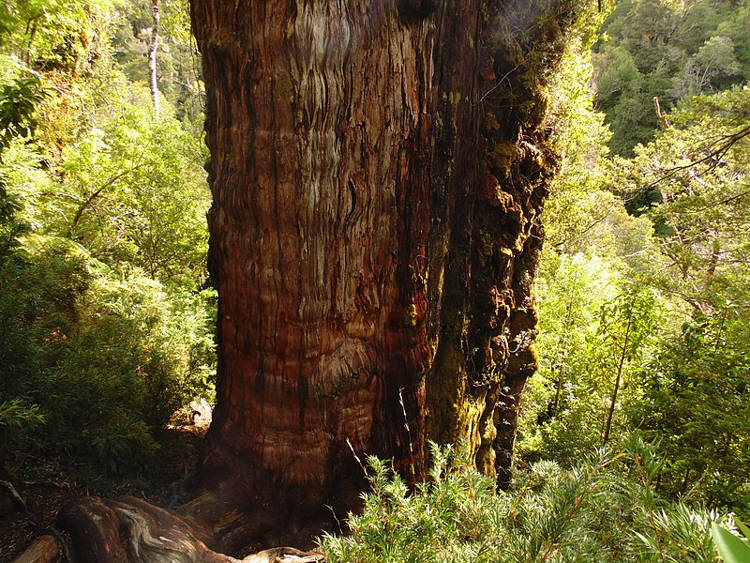
Scientists in Chile believe that an ancient Patagonian cypress known as ‘Gran Abuelo’ (Great Grandfather) could be over 5,000 years old, which would make it the world’s oldest living tree. The Patagonian cypress (Fitzroya cupressoides), known in South America as ‘alerce’, is a conifer native to Chile and Argentina. They belong to the same family […]
Cuban Painted Snails – Probably the World’s Most Beautiful Gastropods
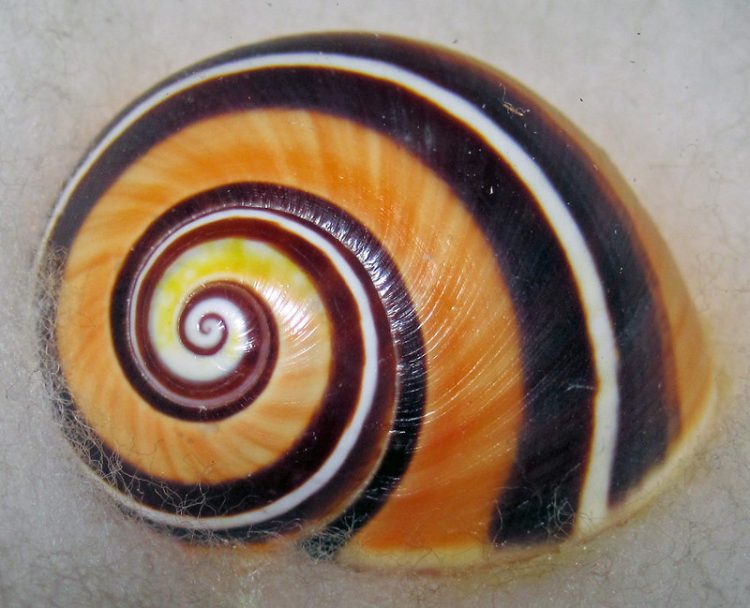
Out of the roughly 1,400 species of land snails that call Cuba home, the six species of the genus Polymita, fondly known as painted snails, are without a doubt the most eye-catching. When it comes to snail per se, there’s probably no beating the spectacular red-and-black contrast of the Malaysian fire snail, but as far […]
This Weird Parasite Is The Only Known Animal That Can Survive Without Oxygen
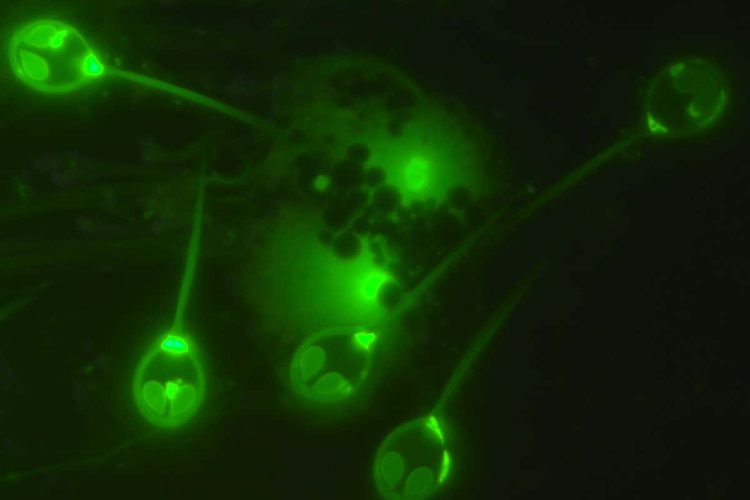
Henneguya salminicola, a tadpole-like parasite that infects salmon, has a rather unique superpower – it can survive without oxygen. When examining Henneguya salminicola, researchers noticed something really strange: the microscopic parasite appeared to have no mitochondrial genome. The mitochondria, commonly known as “the powerhouses of the cell”, are organelles that rely on oxygen in order to […]
